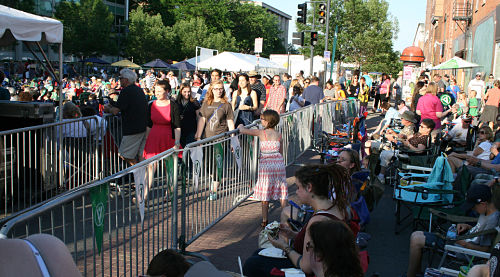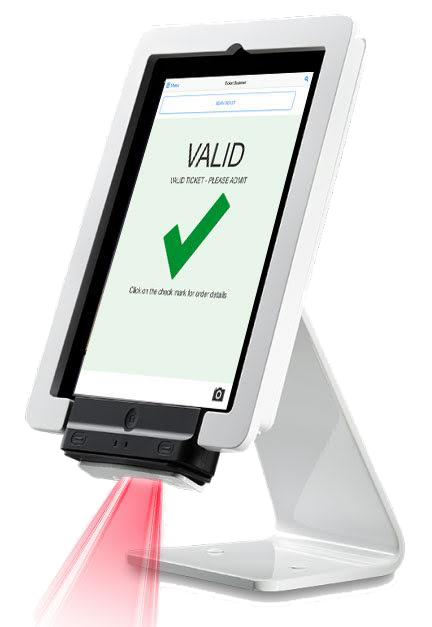How To Overcome Entry Lines At The Gate
There are many things to consider when planning an event, especially if there will be large numbers of people in attendance. One aspect that often gets over looked is crowd control, especially at the gate and at entry lines. Even if you are expecting a small guest list, you should always incorporate some strategies to help keep admissions and registration wait times to a minimum. The following tips and information can help you establish a protocol to reduce delays and long lines improving the overall experience.
Use Proper Equipment And Technology
It’s time to do your research and find what will cut the wait times at the gate and keep your guests happy. Using the most up to date, appropriate technology and equipment for registration will help ensure that there are fewer delays and faster processing times. There are many helpful products and services on the market today that can make the entire process simple, effective, and user friendly. Some examples include:
POS systems/kiosks
mobile phone / print-at-home tickets
VIP lines & quick passes
Online Ticketing
Wireless ticket scanners to scan throughout the line
Metal detectors
There are several possibilities out there that can take the headaches out of the registration and admissions portion of the event and keep the lines small.
Use Fast WIFI
Using outdated or slow WiFi can make the process of registration frustrating for workers and guests especially when relying on a POS system. Before the event, determine if there is 4G WiFi available through the venue or if you have to provide the service yourself. Many cell phone carriers offer 4G hotspot services that can work for a small area like a registration table or make sure you find a ticket registration that provides cloud support.
If a hotspot is necessary, determine who will be providing the service in advance and get confirmation before the event. I recommend doing several tests before the event on any and all devices relying on the WIFI to avoid interruptions.
Organize A System To Scan Tickets While People Are In Line
 Don‘t work against the line, work with it! Put together a tactic for tackling the line and working among it. A good strategy for keeping lines to a minimum is to have volunteers or team members scan tickets both at the registration area and down the line while people are waiting to get in.
Don‘t work against the line, work with it! Put together a tactic for tackling the line and working among it. A good strategy for keeping lines to a minimum is to have volunteers or team members scan tickets both at the registration area and down the line while people are waiting to get in.
This is where the wireless scanners come into play, this way your staff can scan and wristband people throughout the lines to get them through faster. The more tickets that can be scanned, the smaller the line and wait times.
Provide Instructions For Applying Wristbands
If you are doing wristbands the quickest way to get people moving through is to have your staff put them on for them; a separate person who isn‘t scanning.
If the people who are handling admissions and registration have trouble applying wristbands correctly and quickly take time before the event to teach them quick techniques for applying them; do a small training on just wristbands. Going over this technique during an instructional session in the days before the event will give them plenty of time to master the technique and be prepared for the actual admissions process.
Use Indicators, Signs and Ropes
Give your guests a sense of directions from start to the finish of the event. You don’t want people stopping, figuring out where to go, where the gate is, how to exit, where the bathrooms are, this can destroy your flow and create a buildup of confused people around your event.
 Some examples of strong directional material you should have at your event:
Some examples of strong directional material you should have at your event:
Crowd Control Barriers - ropes, gates and retractible belts all help your guests identify where a line starts and confined them within the ropes to leave room for others to walk around.
Marked locations - “Restrooms”, “Exit”, “Entrance”, “Food Court” are all examples of clearly marking important points of the building that people will need to locate.
Other signs - Try to eliminate any and all the questions your guests might face when at your event with signage. This includes safety material, programs, schedules, seating charts/maps, help booths, etc. Use these as quick references for your guests to eliminate them trying to seek help from staff doing other jobs.







